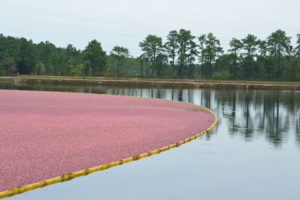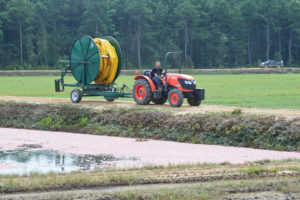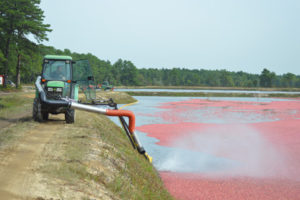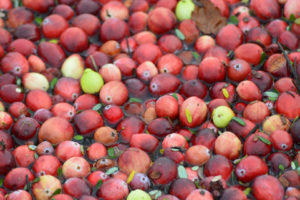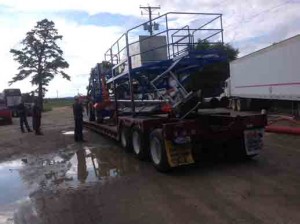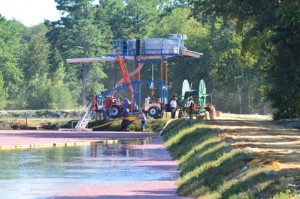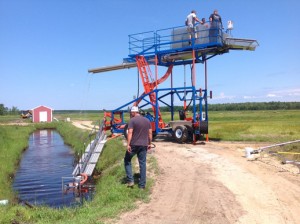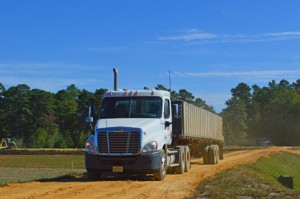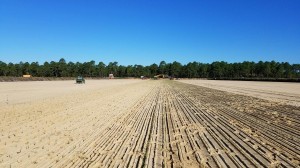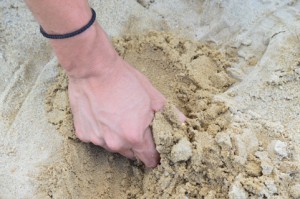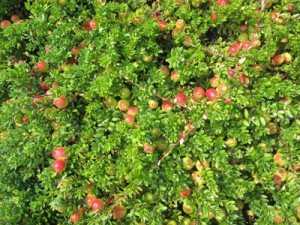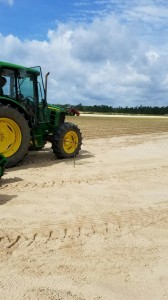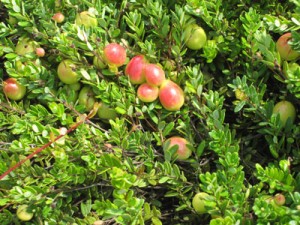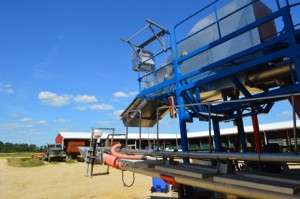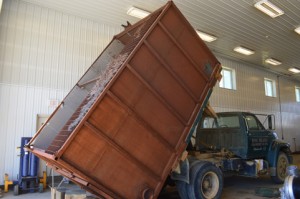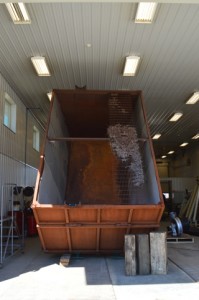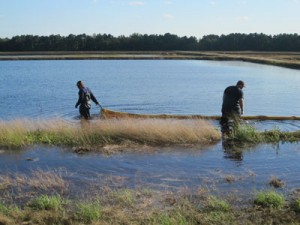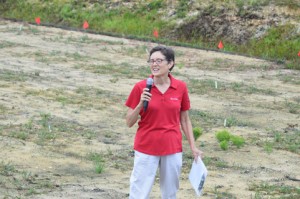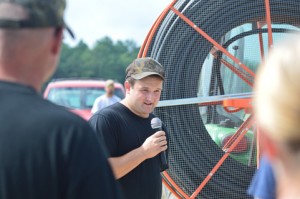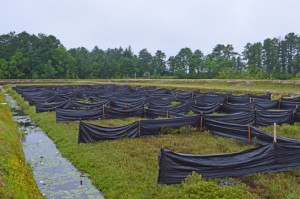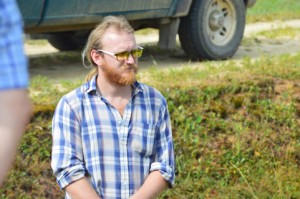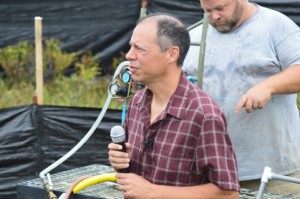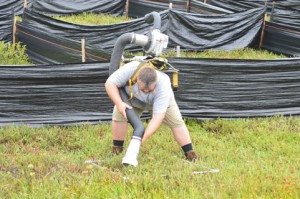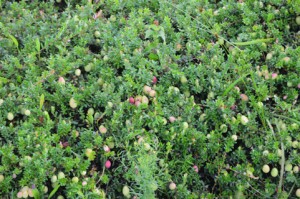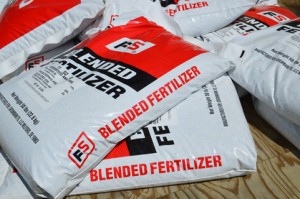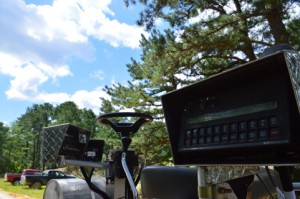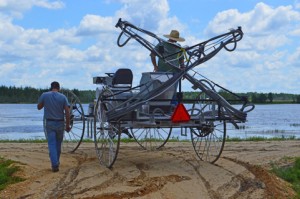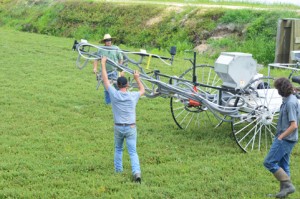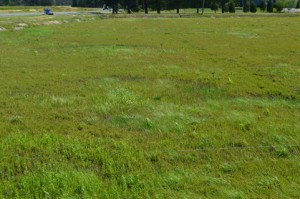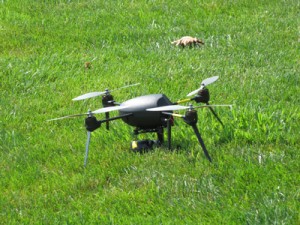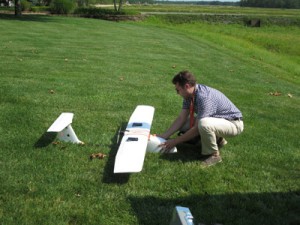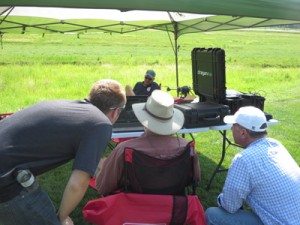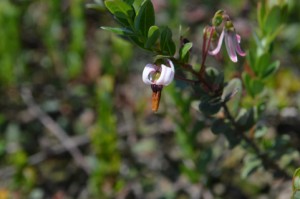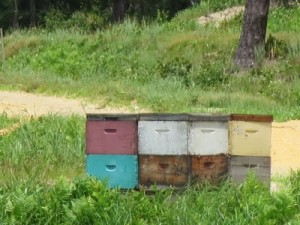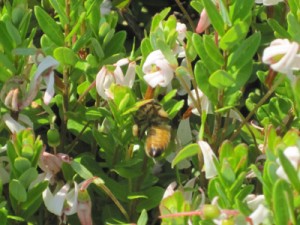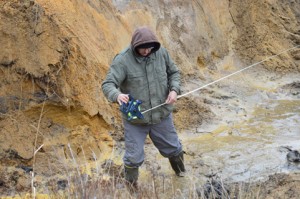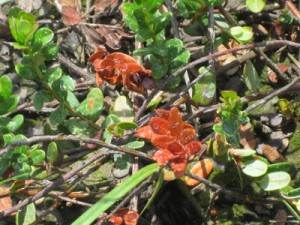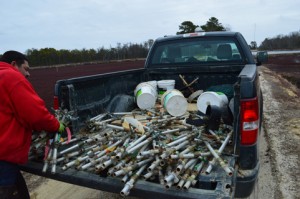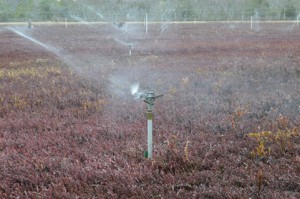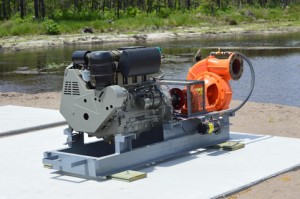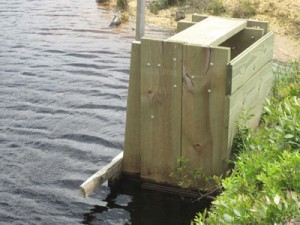The 2016 cranberry harvest is finally underway at Pine Island, and the Pine Barrens have never been prettier!
This week was the real test for the new customized tractors we spoke about last month. Since the last harvest, our team has modified two tractors with high-powered blowers (much higher than we have used in previous years). On the front is the hookup for the boom, which can be used by a single operator. The idea is to have the driver hydraulically operate the boom so that when he comes up to a pipe gate or a corner, he can run it out from the cab and will no longer need to rely on extra crew to change it manually.
“It went extremely well,” says COO Bryan vonHahmann. “Like anything you design, research, develop, and build, once you finally implement it you find things you might have predicted but weren’t quite sure about until it’s put to practical use. But this first week’s been great, and we can now boom up a bog with two people versus six people. It’s so much more efficient; the team moves faster because the equipment moves more quickly and we can allocate resources better.”
Tweaks are already being planned. “The blower portion works phenomenally,” Bryan says. “One thing we need to adjust is that we run the clutch a little bit, because even in the lowest gear the tractor moves a bit too fast. The other is that a boom full of fruit is heavy, and the arm that pulls the boom is flexing more than we would like once gathering gets underway. Part of that is just getting the operators used to how they need to position it and to keep an eye on it, and part of it that we’ll need to reinforce the arm. We did think of these two things before we put the equipment out there, but weren’t quite sure to what degree it could impact us.” The team can likely use the tractors all season without issue, but we’ll start making the modifications and apply what we’ve learned to the two additional tractors Bryan wants to build for next year! “It’s a huge advantage,” he says. “Even with the changes we’re going to make, the work the team is doing with them is fantastic.”

